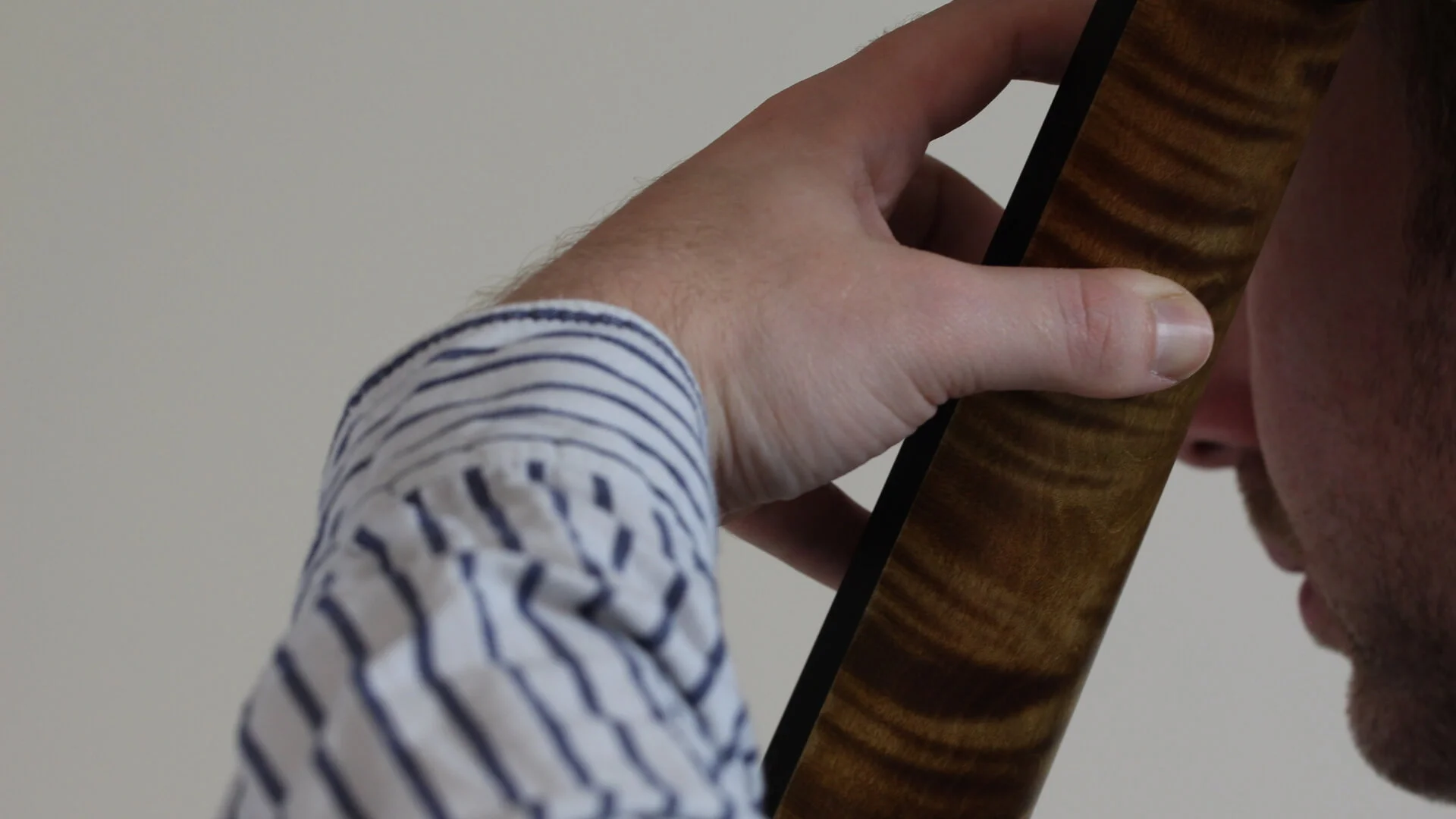How to Stop Pain and Discomfort and Improve Your Intonation
In this lesson I take a detailed look at left hand thumb technique for double bassists. I also explore potential problems you may have and explain how thumb technique relates to utilising your arm weight. These are both crucial aspects of upright bass technique and I would recommend making sure you playing in the best possible way as it can effect your tuning, shifting and dexterity.
Lesson Notes
In this lesson, we look at the left hand thumb and learn how it affects your technique.
Let’s look at the key points from the lesson:
The main purpose of the thumb is to stabilize the hand. The thumb should brush lightly against the back of the neck to help keep the hand in position.
We also use the thumb to help measure distance when shifting. This is an important, often overlooked, factor.
Don’t squeeze the neck with your thumb. Instead, keep your thumb relaxed and brush it lightly against the back of the neck. If you are squeezing with your thumb, you’re likely not using your arm weight, which I demonstrate in the video.
Don’t let your thumb drag behind the neck. Whilst there may be some movement, try not to allow the thumb to remain in place as you move your hand. This will result in less accurate shifting which will affect your intonation.
The fleshy part of your thumb should make contact with the back of the neck. Don’t bend your thumb and use the tip.
You can move your thumb around the neck as you play notes on different strings. For example, if you are playing on the G string, you may find it more comfortable to move your thumb nearer to the E string.
Like all left hand technique, the best way to monitor your progress is to practice in front of a mirror.
In the video I reference several lessons which I recommend you check out if you haven’t already.
Essential Right Hand Techniques for Jazz Bassists
Unlock the Fingerboard! Double Bass Neck Heel Method for Great Tuning
Beginner's Double Bass
43 lessons, 5+hrs.


